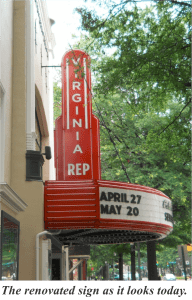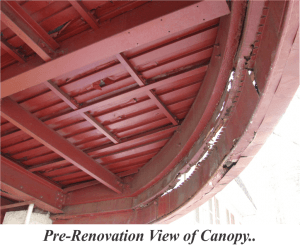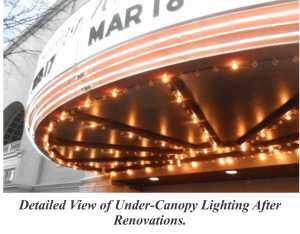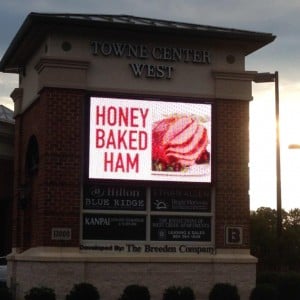The Value of Red
THE VALUE OF RED I was watchi ng the last game of the 2013 World Series at Chili’s last night. As I entered the door of the restaurant I walked under a huge, bright red pepper icon that captured my attention from the highway just before turning into the parking lot. I was lucky to get a seat by the biggest digital TV screen in the bar where a young couple just left. (They were probably Cardinals fans since they packed up and left just as the Sox scored their sixth run and were leading 6-0 in the bottom of the fourth.) I ordered a good appetizer and proceeded to watch the Boston Red Sox clobber the St. Louis Cardinals for the series victory.
ng the last game of the 2013 World Series at Chili’s last night. As I entered the door of the restaurant I walked under a huge, bright red pepper icon that captured my attention from the highway just before turning into the parking lot. I was lucky to get a seat by the biggest digital TV screen in the bar where a young couple just left. (They were probably Cardinals fans since they packed up and left just as the Sox scored their sixth run and were leading 6-0 in the bottom of the fourth.) I ordered a good appetizer and proceeded to watch the Boston Red Sox clobber the St. Louis Cardinals for the series victory.
I woke up this morning feeling mostly indifferent about the results of the game since I’m a diehard Baltimore Orioles fan, (sequel post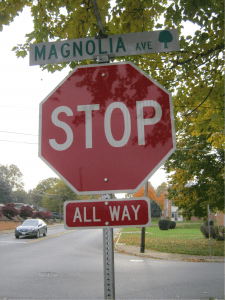 will be about the value of orange!) I was watching sports clips of the series and noticed all the red. Red, red, red. In daylight or with artificial lighting at night, the color red ranks up there with the most visible colors. If it’s unlit, red is very hard to see at night and appears pretty much as black. Since it’s hard to see unlit red colors at night, “Stop Signs” only became red after reflective paints and films were introduced in the 1950’s. Prior to that they were painted yellow with black letters from 1924-1954, and usually white with green letters before that.
will be about the value of orange!) I was watching sports clips of the series and noticed all the red. Red, red, red. In daylight or with artificial lighting at night, the color red ranks up there with the most visible colors. If it’s unlit, red is very hard to see at night and appears pretty much as black. Since it’s hard to see unlit red colors at night, “Stop Signs” only became red after reflective paints and films were introduced in the 1950’s. Prior to that they were painted yellow with black letters from 1924-1954, and usually white with green letters before that.
When lit, red is a very noticeable color- especially out in the commercial world on busy streets where stores are competing for attention and the all-important “drive-by” customers. As I drive down the road, red signs really pull in my attention. But the color red also has an emotional value. Red is a powerful color psychologically. If you’ve had a good day, it drives love and passion (Boston florists will probably have a record week in sales.) If you’re worked up about something, it can drive feelings of war and aggression (the St. Louis crime rate will probably soar this week!) They say red stimulates the appetite; hence a good reason for Chili’s to install huge, bright red peppers on the roofs of their restaurants, and fill their menus with its many shades. In addition to Chili’s, there are dozens of restaurant chains that use red in their marketing programs: McDonalds, KFC, Wendy’s, Pizza Hut, Chipolte, Popeye’s and Five Guys are just seven coming to mind that use some form of red sign.
It’s important to pay attention to sign colo rs as you brand a new business or select a location for your next new store. The value of red goes down when all the stores around you promote their own red brands. Think brand differentiation. If you locate your new store between two prominently red brands and yours is red too, maybe another site between two green brands will help you stand out better!
rs as you brand a new business or select a location for your next new store. The value of red goes down when all the stores around you promote their own red brands. Think brand differentiation. If you locate your new store between two prominently red brands and yours is red too, maybe another site between two green brands will help you stand out better!
Count the number of RED’s in my blog!
Now, find the one RED that didn’t get highlighted.
Which is easier?










